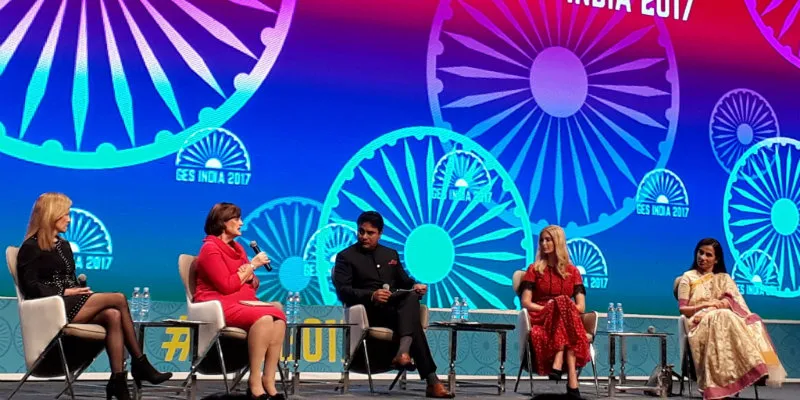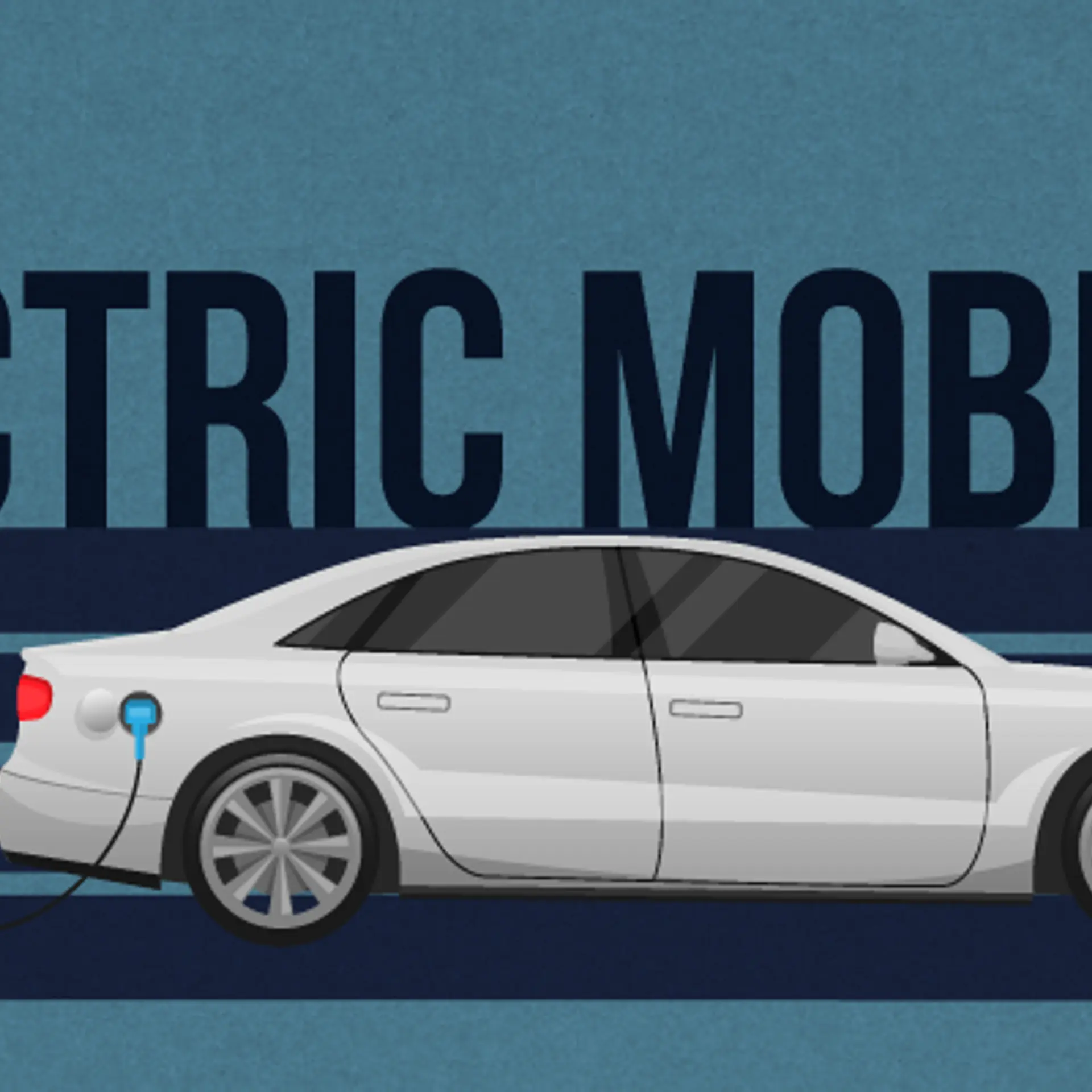GES 2017: Getting women back into the workforce now a global economic need
Ivanka Trump says women in the workforce provide a strong economic and fiscal benefit; Cherie Blair believes women entrepreneurs need three things to flourish - capacity, confidence and capital.
As of 2016, close to 163 million women were starting, or running new businesses in over 74 economies across the globe. Close to 111 million women are believed to be running established businesses, and women comprise close to 40 percent of the global workforce today. Still, as of last year, less than three percent women founders were able to raise VC funding.
This translates to $242.7 million of the $12 billion risk capital raised by private companies in 2017.
Interestingly, this number has dropped in the last couple of years. In 2016, around 9.2 percent of funding went to startups with a woman founder; in 2015, the number stood at 6 percent.
Women earning more means economy, society get back more
The first day of the Global Entrepreneurship Summit, Hyderabad, kicked off with a panel on women’s entrepreneurial leadership.

Moderated by K T Rama Rao, Minister for IT E&C, MAUD, Industries and Commerce, Mines and Geology, Public Enterprises and NRI Affairs, Government of Telangana, the panel comprised Cherie Blair, Cherie Blair Foundation for Women, CBE, QC; Chanda Kochhar, Managing Director and CEO, ICICI Bank; Karen Quintos, Dell EMC, Chief Customer Officer; and Ivanka Trump, Adviser to the President of the United States.
“It is a proven study that 90 cents of a dollar spent by what a woman earns goes back to families and communities, which eventually gives back to society,” Ivanka said. Women entrepreneurs provide incomes for their families, employment for their communities, and products and services that bring new value to the world around them.
Need for capital, confidence and capacity
According to the Global Entrepreneurship Monitor, women entrepreneurs tend to be more successful because of their trusted status in the community. It also said that women-owned firms outperform those owned by male counterparts. And yet, there are fewer avenues and empowerment for women in the workforce.
Cherie Blair said, “We see that over the years that we aren’t going forward, but back. What becomes important is finding solutions so women can do better at what they do without giving up on their enterprises. Capacity, confidence, capital are the three things women entrepreneurs need to flourish.”
Having more women in the workplace is good, not just socially, but also economically. If more women start up and build large, scaled-up businesses (the result of access to capital) more wealth is generated, more jobs are created.
Women in workforce means richer businesses
A study by McKinsey Global Institute in 2015 shows India can increase its projected GDP in 2025 between 16 percent and 60 percent just by getting women to participate at par with men in the economy. In the best-case scenario, about $2.9 trillion would be added to India’s GDP in 2025.
“Corporates now understand that getting women back into the workforce is not just a social benefit but also a strong economic and fiscal benefit. This fiscal benefit is making corporates look closely at women and get them into the fold,” Ivanka said.
Having women in the corner office has a direct impact on bottomline. A working paper by Peterson Institute for International Economics found that “going from having no women in corporate leadership (the CEO, the board, and other C-suite positions) to a 30 percent female share is associated with a one-percentage-point increase in net margin — which translates to a 15 percent increase in profitability for a typical firm”.
While many studies and reports show that having women in the workforce helps the company and economy at large, many are forced to quit during maternity.
Breaking different barriers
“Today close to 50 percent of the workforce works from home, two days in a week. I see this as a great opportunity for women to get back into the workforce. They no longer need to take a long break, but can continue to work remotely,” Karen said.
Corporates are looking at different ways to bring back women into the workforce, but it is important that they get much-needed support – education, encouragement and empowerment. There are several studies that show that women do not speak up in meetings, claim credit for work done, or believe they are capable of pulling off something that seems challenging.
Technology is the way forward
This could be down to years of conditioning, right from childhood, and also instances of being penalised in the past for being “bossy”, “pushy” or “aggressive”. There is “female humility” at play. Karen says biases that exist in society have to be addressed, and men need to be a part of that conversation. Business outcomes are great when you have diverse thinking.
Chanda said, “At ICICI, we have a meritorious way; gender doesn’t play a role. But having said that, we are running a programme for young mothers or even women who want to take care of their ailing family, parents or in-laws. They can work from home. And this isn’t data entry or anything like that. They need to log in; there are face recognition systems that log them in. There are no restrictions on timings. It is the recognition that we women get at work keeps us going.”
With technology breaking barriers, getting women back into the workforce isn’t as difficult as it used to be for traditional businesses.
“Technology gives women the power to work from any corner and any place,” Ivanka added.
Concluding, the panel said women need the required push not just from their homes but also from offices and male counterparts. “Equal gender representation is a financial positive to businesses today besides being a social responsibility,” Ivanka said.







